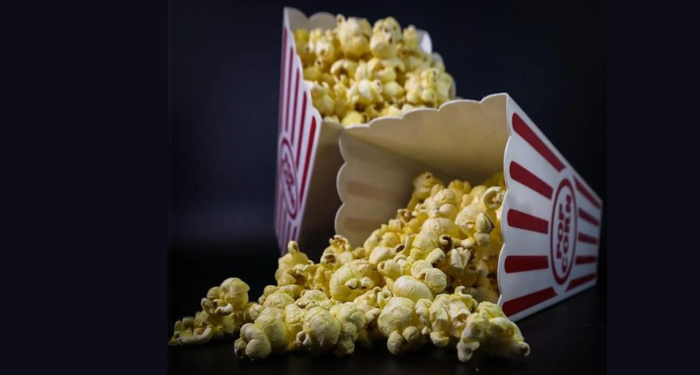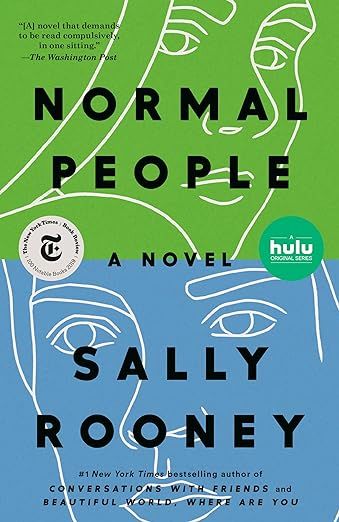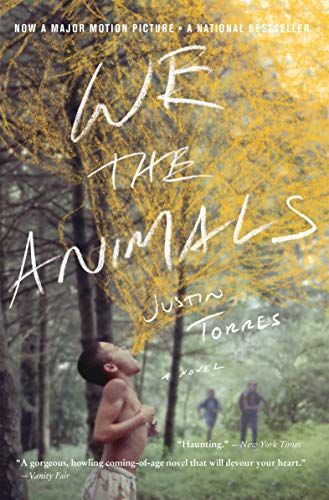This content contains affiliate links. When you buy through these links, we may earn an affiliate commission.
These days, it seems that almost every movie or TV series is based on something else: a doll, a video game, a Twitter thread, and most often: a book. Most of us who consider ourselves “readers” have strong thoughts about book-to-screen adaptations. Maybe you’re eager to see your favorites make the leap, but maybe, likely, you watch your favorite books get adapted with trepidation. When a book gets translated poorly, it’s hard to separate the images we’ve seen on screen from the words we love on the page (for better or worse, Michelle Trachtenberg IS Harriet the Spy). On the other hand, when a book is adapted well, it can transform or deepen our understanding of the book, maybe even transform a not-great book into something special.
To me, a good adaptation requires a filmmaker who understands the book so deeply that they are able to make changes — changes that remain faithful to the spirit and energy of a book but that are necessary to reformat the story for the screen. We’ve all seen bad adaptations that try to remain 100% faithful to the source material (hello bad voiceovers??). What was the point of adapting it, in that case? The best adaptations pluck out what is best about a book and add in what is best about movie or TV-making. What can film/TV do that the book couldn’t, and how can putting the source material into a new medium make it better or different or further deliver on the premise? Let me attempt to illustrate my point with some examples.
The Good:
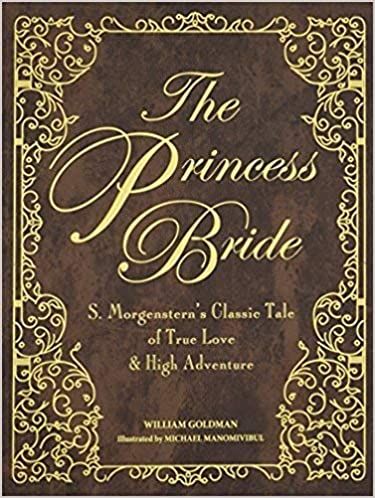
The Princess Bride based on the novel by William Goldman
The movie did all the right things for a successful adaptation: kept the humor and the adventurous spirit but cut out a lot of the backstory. You know what’s not great in an adventure film? Backstory. (Of course, it probably helps that William Goldman wrote the screenplay himself — must make it a little easier to maintain the “voice”!)


Burning based on the short story “Barn Burning” by Haruki Murakami
The story is very spare and unbelievably haunting in its lack of conclusion or even clearly defined reality. The film adds what it needs to — more conflict, more action — but it absolutely nails the haunting quality of the short story. These are two pieces of art that are very different on paper but spiritually so in sync.
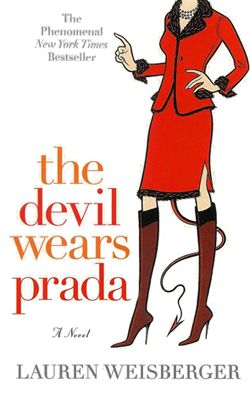

The Devil Wears Prada based on the novel by Lauren Weisberger
The book reads like the disgruntled diary of an overworked assistant. (No shade, but I don’t feel I need to read that.) It feels angry. The movie funnels that anger into one of the most iconic characters of all time: Meryl Streep as Miranda Priestly. Where the book makes the assistant and her boss both one-note (disgruntled/demonic, respectively), the movie makes the characters nuanced, imperfect people leading imperfect, complicated lives. Plus, the clothes. The glow-up montage. Girl, TAKE advantage of that visual medium.


The Underground Railroad based on the novel by Colson Whitehead
I remember when this series came out, the director Barry Jenkins said that the question of whether anyone “needed” to see the brutality depicted in the book on screen gave him pause. He obviously decided to forge ahead and decided to give, truly, every tool in his arsenal to these characters and this story. The series can feel slow, but it’s a masterpiece of sound and scene. Every single scene is constructed so beautifully, even through the brutality. It feels like Jenkins is saying that if we’re going to watch this unfold, we absolutely need to SEE it, feel it, hear it. He made, in my opinion, the right changes to the novel to justify a series: more romance, a more complicated backstory for a main character, and introducing new characters to deeply isolated sections of the book to avoid any dreaded voiceover.
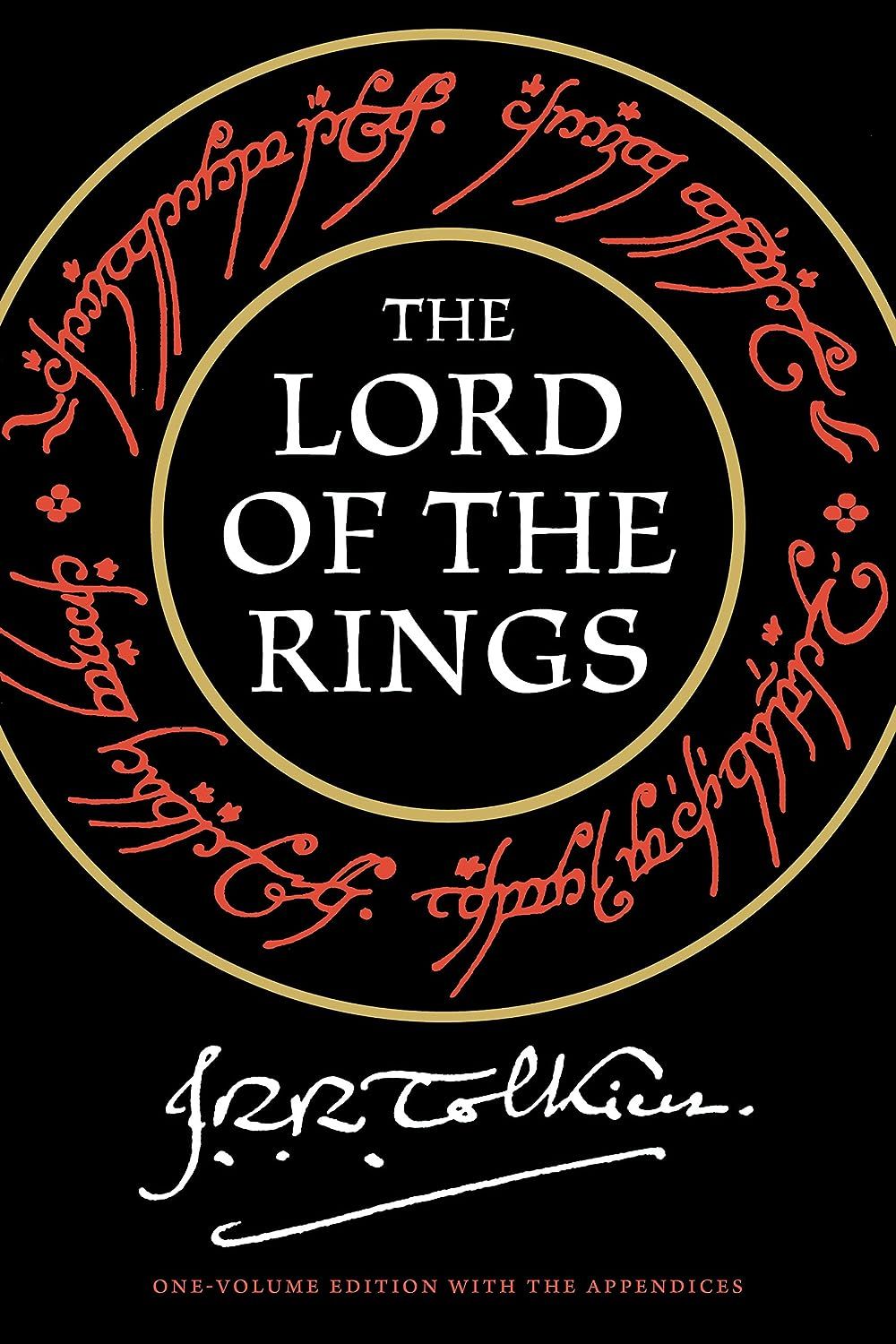

The Lord of the Rings Trilogy based on the novels by J.R.R. Tolkien
Listen, I didn’t want to make this about the big franchises, but can we just acknowledge that these adaptations are GOOD? 600 billion pages of descriptive language are transformed into— my god, the music, the visual effects, the settings, the casting, the IMMENSITY of it all, the plotting, the pacing, the quotes, the tears. You get it.
The Bad:
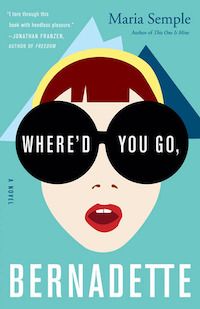

Where’d You Go, Bernadette based on the novel by Maria Semple
I love this book. It’s hilarious and builds this pitch-perfect narrative through a series of what could be individual humor pieces: emails, transcripts, reports, etc. The movie fails to capture what is so special about the book — a perfect balance of humor and emotional resonance. The movie has (the incredible, yes) Cate Blanchett dictate some of the emails to her phone, but in my opinion, they should have just…made it funnier…rather than try to emulate a medium that is so clearly only suited to print. (Also, in the book, there’s, like, actual suspense about where Bernadette is. The movie OPENS with Bernadette in Antarctica. Okay, so I guess that’s where Bernadette went?? The absolutely perfect climax of the book is ruined from the offset.)
Normal People based on the novel by Sally Rooney
This adaptation got a lot of praise when it came out (I guess it did give us Paul Mescal, so…congrats on that), but I’m sorry to put it on this side of the list. The book is about 300 pages, and the series is 12 full-length episodes, which means there are way more minutes in the show than there are pages in the book. Rooney’s books feel fast-paced and this series felt glacial. The series was incredibly true to the events in the book, but as a result, it felt like the climactic moments had as much weight as the backstory. I feel the series could have trimmed some of (most of) the choreography and given us a tight 120-minute movie that was truer to the emotional journey of the book.
We the Animals based on the novel by Justin Torres
Again, this film adaptation is unbelievably faithful to the book, and that is, unfortunately, what lands it on this list. The book is extremely interior, and the movie attempts to replicate that interiority by turning the protagonist’s journal entries into animated cartoons. It’s an interesting, unique tactic, but it quickly became repetitive on screen. I think the film would have been better served if the filmmakers had given themselves more latitude to stray from what only prose can effectively do: narrate the inside of a character’s head.
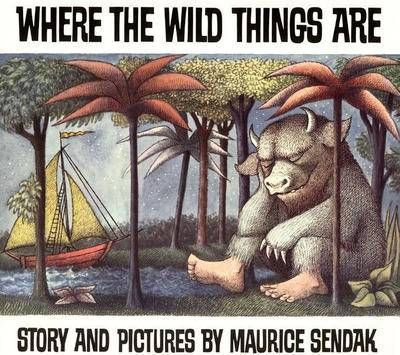

Where the Wild Things Are based on the picture book by Maurice Sendak
The book is a surreal escape for a kid getting in trouble at home. The movie…did not need to be made. How are you gonna turn a short picture book into a feature-length film? The movie takes the simplicity and “vivid and continuous dream” of the book and gives us whiny, childish wild things. I appreciate the attempt to build out this world and fully re-imagine it, but I think the movie misses in its attempt to capture the spirit of the book, the carefree escapism. Instead, Max escapes to the wild things and gets bogged down in a bunch of…politics?
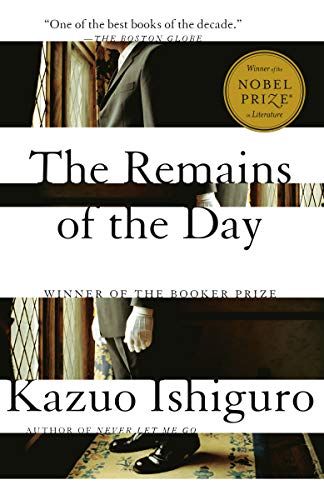

The Remains of the Day based on the novel by Kazuo Ishiguro
I feel like I am off my rocker, including this critically beloved film on a list of anything “worst,” so this is just a brief mention. I think this movie is so dull. And the book is not dull! The book portrays such a rich and funny (!) interior life of our protagonist, and the film loses all of the humor and is so quiet and slow. Sorry! There is so little there there. Maybe some books are not meant to be adapted even if the most iconic actors in the world will star in them…
I will end my list there, but listen, the work of finding and naming the good and the bad in adaptations is not easy, and it is never finished. There will be 600,000 new adaptations coming out in the next month. If you’re hungry for more in the meantime, here are some more good adaptations to check out. You might also be interested in 6 Adaptations of Books That Their Authors Didn’t Like.

